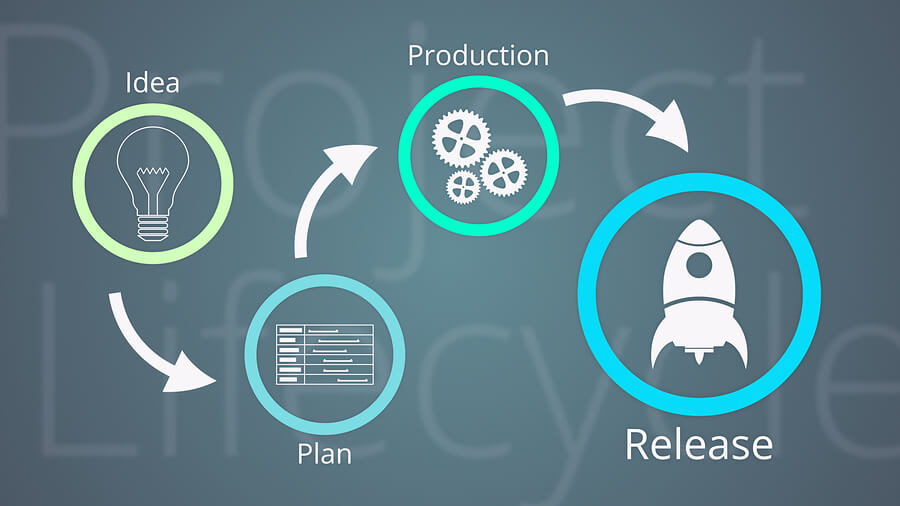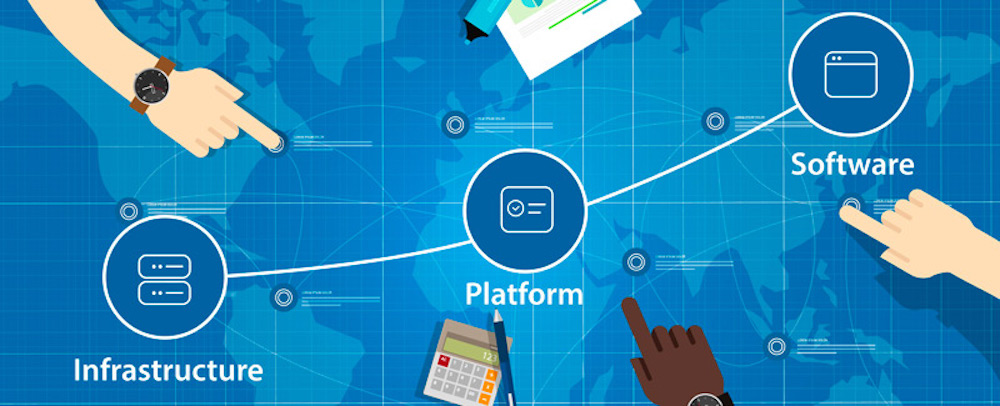 In this blog article I will provide some best practices for deployment planning that our UC platform will need, to work as expected.
In this blog article I will provide some best practices for deployment planning that our UC platform will need, to work as expected.
When a new UC system is installed, users will need to spend a considerable amount of time and resources learning how it works. It is crucial to reduce the impact of adopting any new technologies by avoiding user problems.
The most common issues I have witnessed are “regressions” in how the system works, particularly when compared to the previous system. Some examples include:
- Missing features (especially telephonic ones)
- Poor audio quality
- Fax machines not working reliably
- PoS connections not working reliably



